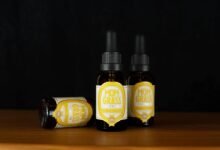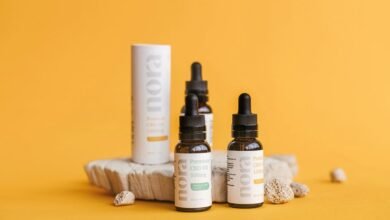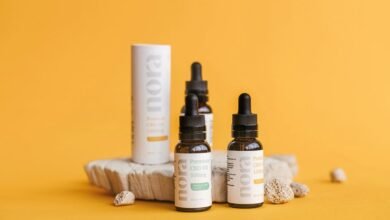What Is CBD Oil?

CBD oil is a natural extract from the hemp plant, specifically its flowers, leaves, and stalks. It contains cannabidiol (CBD), a compound recognized for its potential therapeutic effects. Users often seek relief from anxiety, chronic pain, and sleep disturbances. However, the oil's efficacy and safety can differ among individuals. Understanding its extraction methods and various forms may provide insight into its use and benefits. What else should one consider before trying CBD oil?
The Basics of CBD Oil
Although CBD oil has gained significant popularity in recent years, many individuals remain unclear about its origins and properties.
There are various cbd oil types, including full-spectrum, broad-spectrum, and isolates, each with unique benefits.
Understanding proper cbd oil dosage is crucial for optimal results, as it can vary based on individual needs and health conditions, empowering users to make informed choices regarding their wellness.
How CBD Oil Is Extracted
CBD oil is extracted using several methods, each influencing the oil's quality and composition.
Common extraction methods include CO2 extraction, ethanol extraction, and oil infusion, often utilizing industrial hemp for its low THC content.
These techniques effectively isolate cannabinoids, terpenes, and other beneficial compounds, ensuring a potent and pure product that aligns with the desire for natural wellness solutions.
Potential Benefits of CBD Oil
Many individuals seek out CBD oil for its potential therapeutic benefits, which have gained considerable attention in recent years.
Research suggests that CBD may help alleviate anxiety, reduce chronic pain, and improve sleep quality.
However, dosage recommendations vary widely depending on individual needs and conditions, emphasizing the importance of consulting healthcare professionals to optimize therapeutic effects safely and effectively.
How to Use CBD Oil
Properly using CBD oil can significantly enhance its therapeutic effects.
Following dosage guidelines is essential, as individual needs may vary. Common application methods include sublingual drops, capsules, and topical creams, each offering distinct benefits.
Users should start with a low dose, gradually adjusting based on personal response. This careful approach allows individuals to explore CBD oil's potential while maximizing its advantages safely.
Conclusion
In summary, CBD oil stands as a beacon of hope for many seeking natural relief from various ailments. Its extraction methods and potential benefits highlight its versatility in wellness practices. However, like a compass guiding a traveler, proper dosage and professional guidance are essential for safe and effective use. As research continues to unfold, CBD oil may unlock even more therapeutic possibilities, solidifying its role in modern health and wellness narratives.






